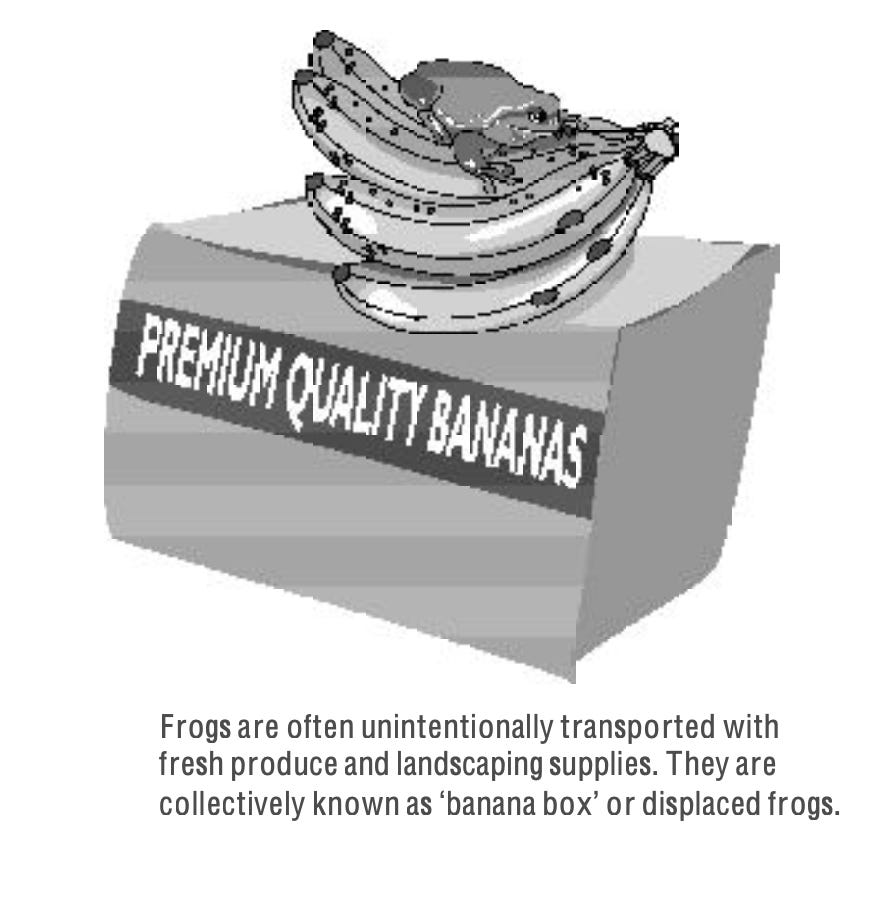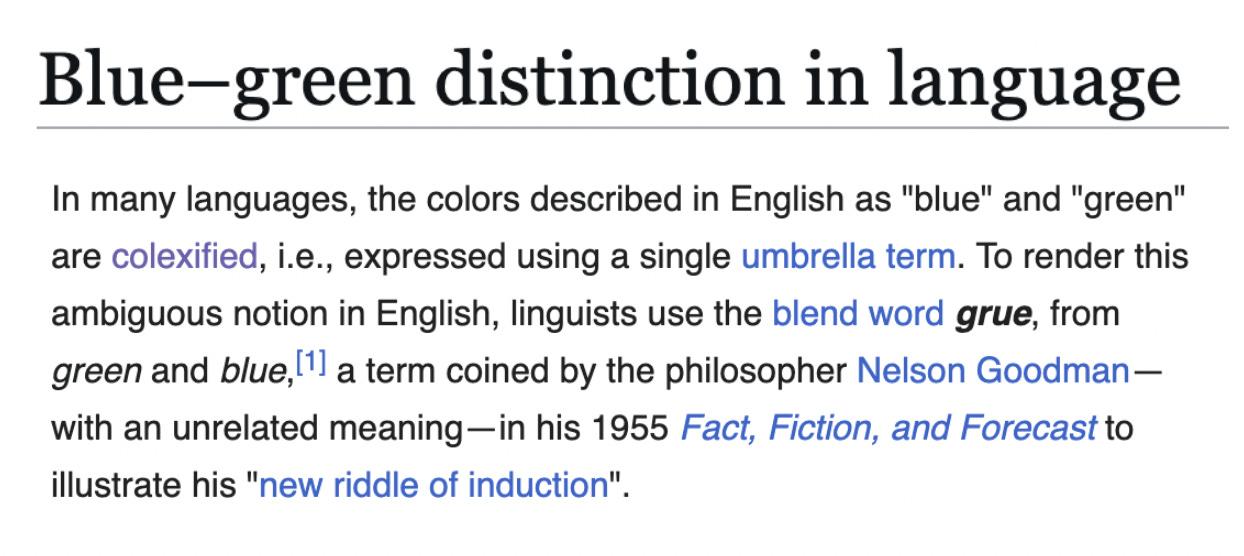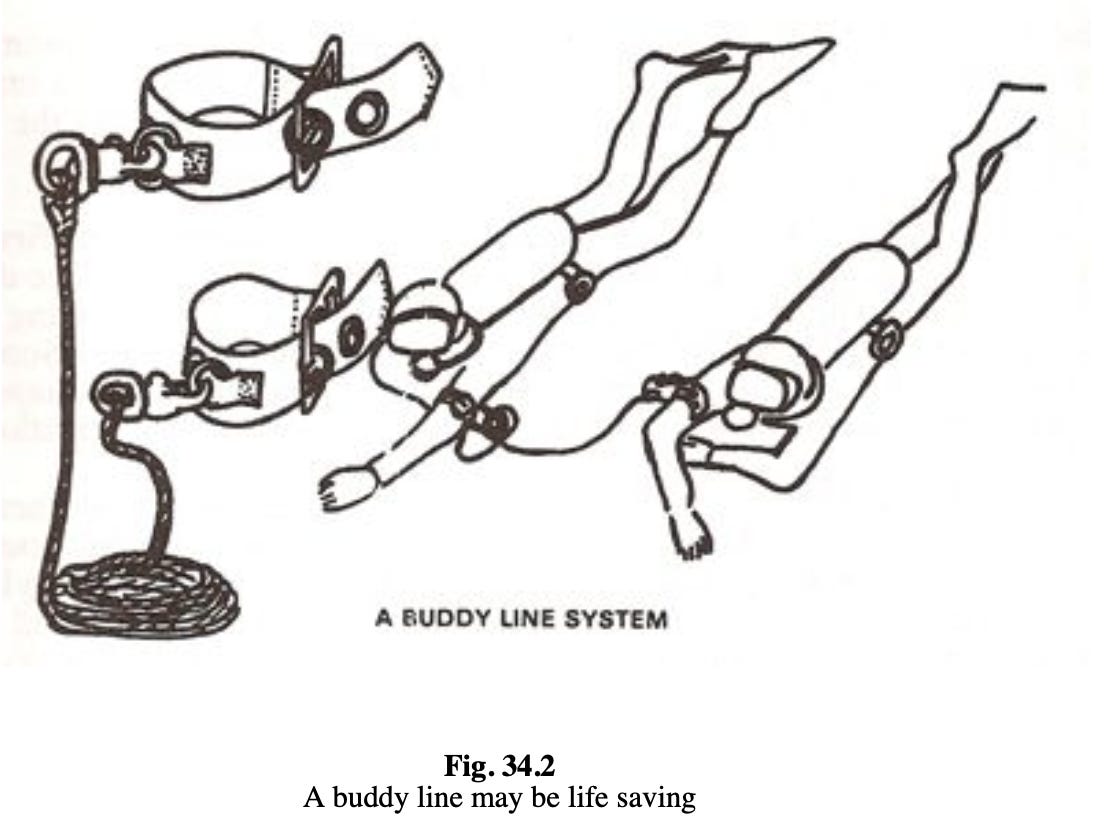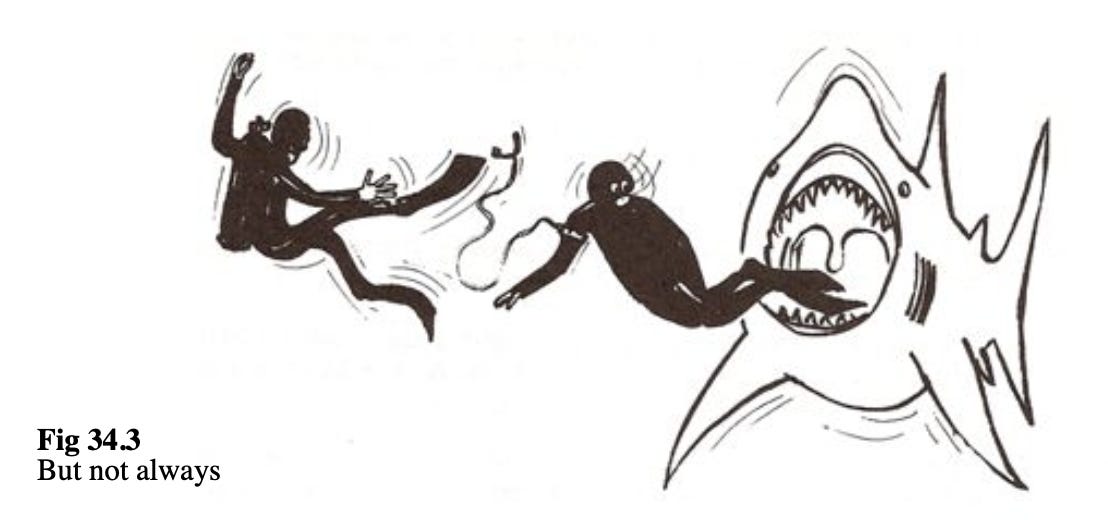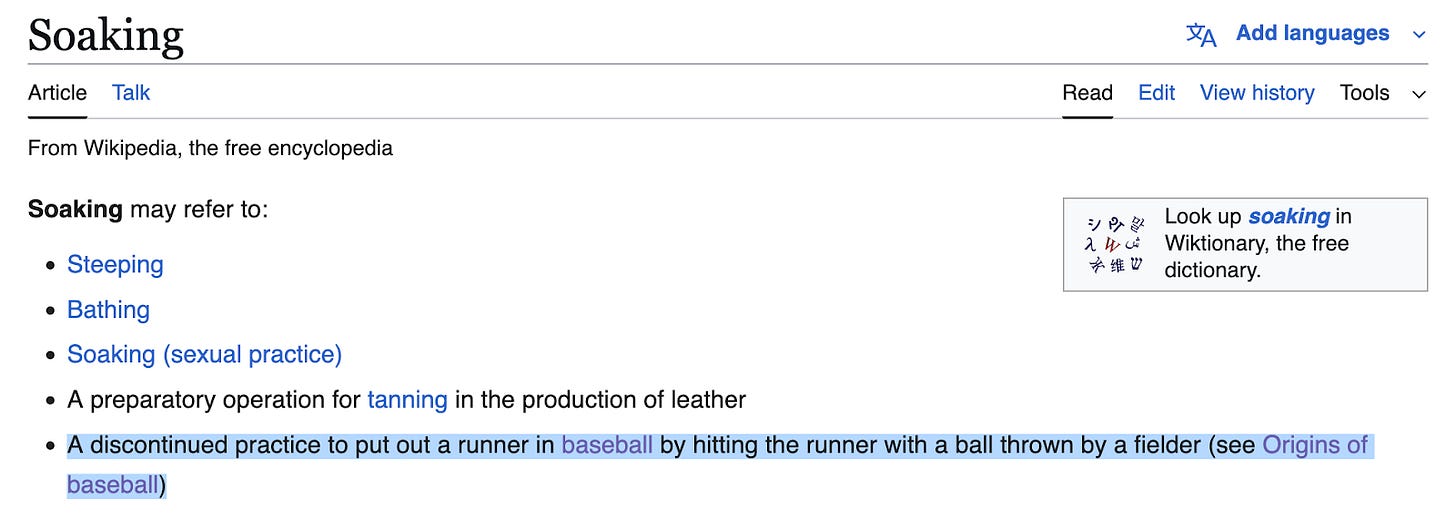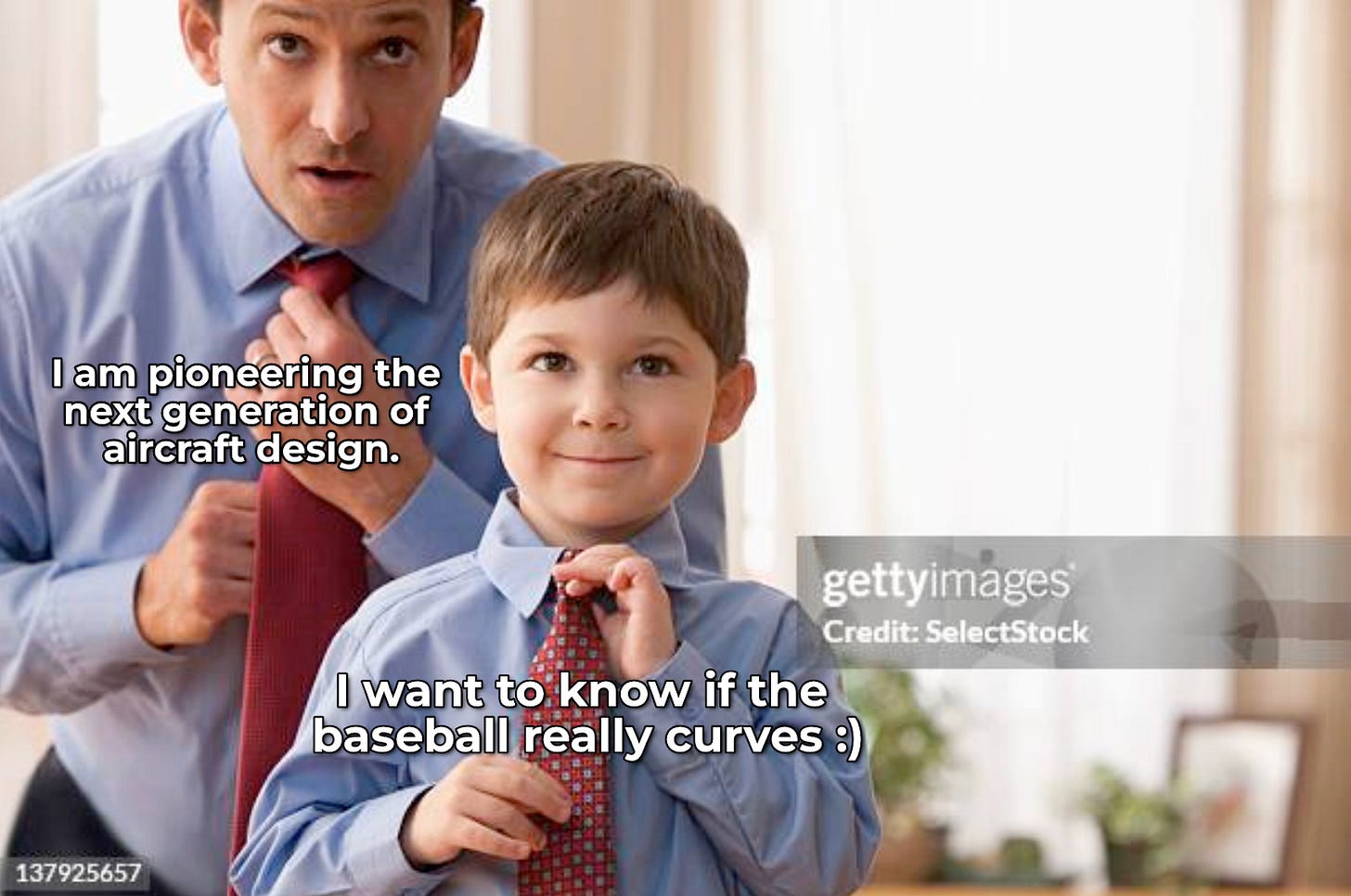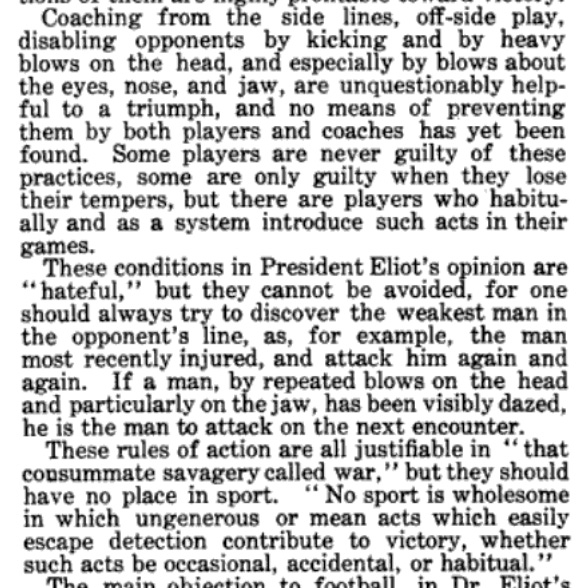table scraps
odds and ends from the last few months of Posting
Hello and welcome to yet another top-tier post from the one and only Rabbit Cavern dot Substack dot com.
Guess what? My head hurts, and it’s because I’ve been using it altogether way too much. I’ve had the Wikipedia page for “Interbreeding between archaic and modern humans” open for the past week, and normally this topic would excite the bejesus out of me, but right now it is stressing me the hell out.
So, I’ve made the executive decision to take a chill pill, by which I mean “I’m going to spend a week in a foreign wilderness area and see if it makes my posts better.” Probably it will. Most likely it will.
In the meantime, I’d like to take this opportunity to thank everyone who has so generously opened my emails and liked my posts and left nice comments and even given me real human money.
It genuinely means the world to me that I’ve amassed nearly three White House State Dining Rooms worth of subscribers. I feel gratified beyond words for all the kindness and support shared with me, and it’s one of my biggest motivators to keep doing exactly what I’m doing (writing weird posts).
Anyway, this week’s post is a collection of all my scrap from about two months worth of posting. This is everything that didn’t make the cut in the final draft, usually because it felt too tangential even for me, the king of getting distracted and overzealously sharing entirely irrelevant details.
The first half is free for everyone but the second half will just be for paid subscribers as a token of my gratitude for their generous support. This is all stuff that I never would have included in a post otherwise, so I like to offer it as a nice little bonus to my very biggest supporters.
This also feels like a great time to mention that I have no intentions of ever paywalling my main posts. I started writing on here because I find it so fun to share this stuff with all of you, so it would be entirely counterintuitive for me to make it harder for people to access my work. Many apologies to my bank account, but my posts will always be free.
Anyway, enough of all that and onto the interesting stuff!
Do frogs know if you’re pregnant?
There’s this problem in Australia (and other countries, presumably, but it seems to be a particular issue in Australia) known as lost frogs (also known as translocated frogs).
Basically, this is when frogs are accidentally relocated outside their normal habitat by hitching a ride with fruit, flowers, building supplies, etc.
Up to 10,000 frogs a year are accidentally transported in Australia, generally from Northern Australia to larger cities in the south.
Lost frogs can be devastating to local frog populations, so a number of groups have set up “lost frog rescue services” to capture lost frogs and put them into frog quarantine for several months to ensure they are not spreading disease. After the quarantine period is over, they are usually sold as pets.
The Victorian Frog Group advises anyone who comes across a lost frog to drop it off at a designated zoo or animal sanctuary, and in the meantime, keep it in a plastic container with a few rocks which will make a “very happy temporary home for the frog.”
More weird frog links
Lucky Frog – bronze frog sculpture created in 2014 to thank the city of Madrid for legalizing gambling after it being banished for 90 years
“A 1959 issue of Sports Illustrated praised the album, calling it the ‘last word in frog recording, not a rock 'n' roll approach but a faithful capturing of solos and symphonies, with a masterly interpretation by Mr. Bogert, the Toscanini of the frog world.’”
Here are a few fun snippets from a PDF I found titled “hygiene protocol for the control of disease in frogs,” related to the lost frog problem in Australia:
Things that are not Scooby-Doo
Here’s an interesting write-up on the history of underwater photography that includes some of the earliest photos taken underwater.
And some potentially interesting but way-too-thorough Wikipedia pages that I declined to dive into (scuba pun) for this post:
Grue? Grue??! Stop. Linguists, please stop. (I also saw “bleen” suggested as an alternate term.)
Very unrelated, but this reminds me of “Smound.”
Have you ever wondered, “why are snorkels so short?” Well, wonder no more:
I think these next few images were from a report on scuba diving fatalities. Enjoy!
Speaking of cool underwater stuff happening in tropical destinations, did you know that there’s a Miss Scuba International pageant? I know what you might be thinking – why?? I’ll let them explain:
“There has been many a beauty pageant held in the past, many embracing great causes, however none yet have focused on our oceans. Life on Earth as we know it today began with our oceans. Thus, we decided that it is time that an event such as this is produced to celebrate, not only, the inner beauty and courage of today’s modern women, but also to simultaneously advocate worldwide marine conservation.”
I’m sorry to report that they don’t dress up in scuba gear for the pageant, but they do do whatever this is:
This is probably the only pageant in the world that asks you for your “fin size” in addition to your dress size. Apply here, if you dare.
I mentioned in the main piece that humans cannot see particularly well underwater, but there is one group of people in Southeast Asia who can actually see very well underwater.
However, researchers found that European children could be trained to have the same abilities, so it’s unclear why Moken children are inherently equipped with these visual advantages.
My guess? There must be something in the water. (sorry)
What’s up with all them balls? and What happens to tennis balls when they die?
According to “a baseball official” via ESPN, “approximately 70 percent of the 72 baseballs the home team must provide per game go home with a lucky fan.”
Re: the sinker baseball pitch:
I love this because nowadays, athletes seem to have analytics on things as specific as which flavor of gum makes them play best, but back then they simply had no idea what they were doing. They were just like “I don’t know what I’m doing to make this happen but I trust in God.”
“In some regions, sturgeon eyes were used instead of melted shoe rubber [for the inner core of the baseball].” (source)
I knew about Steve Bartman but I did not know about the explosion or the pasta sauce:
I’ve said in previous posts that you can often tell how fun a Wikipedia page is going to be depending on how bizarre its section headers are, and “curveball” looked like it had something great in store:
Question marks in section headers are a rare sight on their own, so this alone was very exciting for me.
Anyway, clearing up the question of “Real or illusion?” – Hall of Fame pitcher Dizzy Dean once said something along the lines of “Stand behind a tree 60 feet away, and I will whomp you with an optical illusion!”
Thankfully science vindicated his threat – an aeronautical engineer later used wind tunnel tests to prove that a curveball actually curves.
These tests occurred right around the same time as those that shaped the groundbreaking design of the Concorde, and even though I know this never happened, I find it really funny to imagine those two groups of people bumping into each other at the wind tunnel facility.
I imagine the dynamic would essentially be this:
Fun eye science ahead:
Similarly, for the changeup: “If thrown correctly, the changeup will confuse the batter because the human eye cannot discern that the ball is coming significantly slower until it is around 30 feet (9.1 m) from the plate.”
Okay, here’s the weirdest thing that came up in my baseball research: the president of Harvard tried to get the curveball banned.
As Wikipedia’s editors put it, he thought the curveball was “a dishonest practice unworthy of Harvard students.”
Here’s the president, Charles Eliot, himself:
“Well, this year I’m told the team did well because one pitcher had a fine curveball. I understand that a curveball is thrown with a deliberate attempt to deceive. Surely this is not an ability we should want to foster at Harvard.”
President Eliot also tried to get football banned at Harvard, a sport that was, in his eyes, “played under the actual conditions of warfare, and with the barbarous ethics of warfare.”
If this seems a bit over the top to you, this contemporary account of how football was played back then will add some helpful context:
Eliot didn’t stop at football, either. He also publicly feuded with basketball (“very objectionable”) and hockey ("It requires team work, and I must say I have no use for a game that requires that.”) In his mind, tennis and rowing were the only “clean and honorable” sports.
All of this led The New York Times to report that “[t]he athletic outlook at Harvard grows more ambiguous every day.” Indeed.
President Eliot was also involved in at least five unsuccessful attempts to absorb MIT into Harvard. All in all a really weird guy. Moving on.
One used golf ball company estimated sales of 20 million balls per year said, “We don’t sell balls, we rent them and they come back.”
Golf balls were once valuable enough that a prominent ballmaker put one of his best balls into the collection plate on Sunday.
In 2020, Topgolf was purchased by Callaway, the world’s largest producer of golf clubs. This took place on the heels of a “pandemic-fueled fervor for golf” (I don’t recall being caught up in this hoopla but I’ll take the San Diego Union-Tribune’s word for it).
Less than four years later, Topgolf Callaway Brands Corp. announced it was splitting into two companies, “Callaway, which focuses on golf equipment and apparel … and Topgolf, which offers golf-centered entertainment and dining venues.” Kinda sounds like exactly what you guys were doing before? Anyway
This hockey fact is just from some guy on Reddit so take it with as many grains of salt as you deem requisite, but I found it really interesting:
Back in the day, home teams would be responsible for the pucks. Some coaches would keep one in their pocket, so if you were up one with a minute or two to go. You'd have a player flip it out of play, and the coach would take the puck out of his pocket and hand that one to the ref.
The glow puck was never actually supposed to glow:
In our testing, we had just put a blue glow on the puck as an indicator that showed us that we were tracking. It was a diagnostic. And when we demo’d it to the Fox executives we told them that blue glow was just a placeholder. Fox assured us that their art department would develop a final look for the effect, but the one thing they were certain of is that it wouldn’t be the awful blue glow we showed them. In fact, [Fox Sports President] David Hill used to refer to it as that god damn blue hedgehog. Oddly enough, in the end it somehow stayed a blue glow.
The “Firepuck” is interesting – “a puck with embedded retroreflective materials that, in combination with a spotlight, caused the puck to glow on television.” It was discontinued partially because the glowing effect required a spotlight to be pointed at the puck the entire time. Too much work!
Here are a couple of image-based “how it’s made” articles that get into more detail on the individual steps involved in making tennis balls.
During renovations at the Palace of Westminster during the 1920s, tennis balls from the reign of Henry VIII (1500s) were discovered in the rafters. These balls were made from a combination of putty and human hair. Wow! Glad they don’t do that anymore.
But confusingly, as noted by the Parliament’s website, “there is no firm evidence of use of [Westminster] Hall for real tennis.”
So how did the balls get there? There’s no clear explanation I can find, but my gut tells me it’s a similar story to that of the world’s oldest tennis ball (which is, a bored kid threw it up there).
Did Benedict Arnold commit treason because his legs hurt?
In the post, I talked about a popular 19th-century children’s tale titled “The Cruel Boy,” in which an impish little devil child steals eggs from birds’ nests, rips the wings off insects, and causes all sorts of other miscellaneous mischief, eventually going on to betray his country.
As you can probably figure out, the cruel boy in question was Benedict Arnold. I came to find out that his story is actually much more complicated than that (he had a very traumatic childhood), but this book had some other very weird excerpts I wanted to share:



